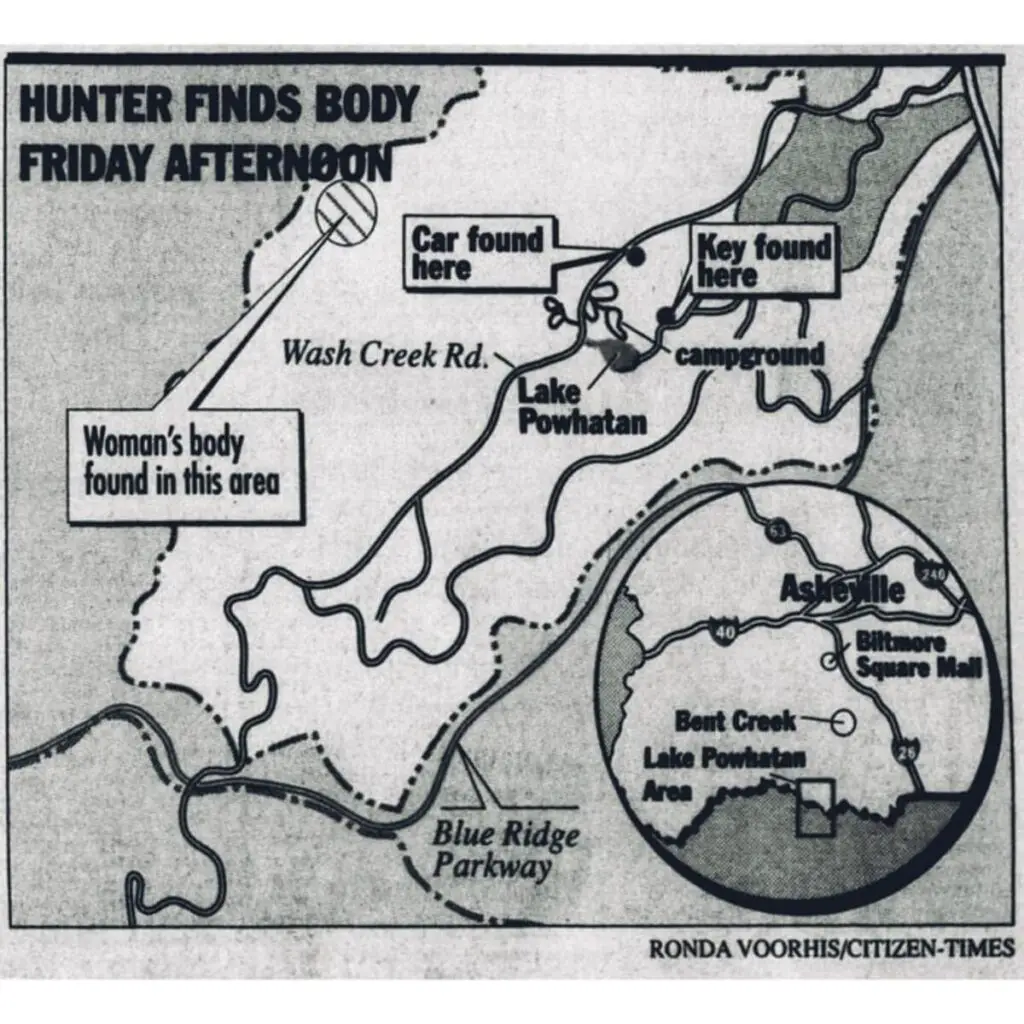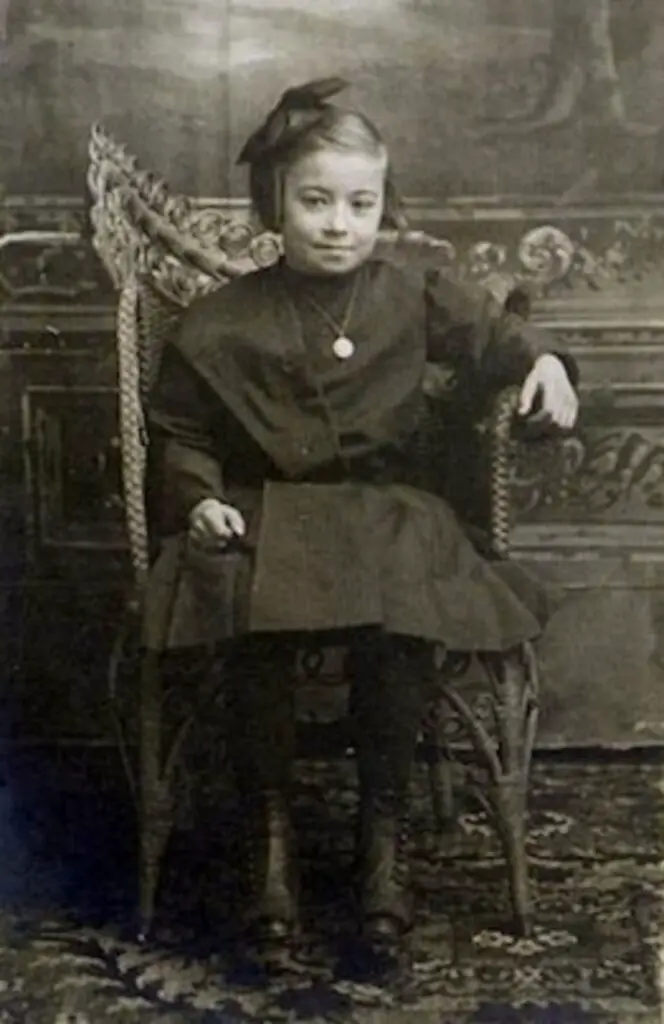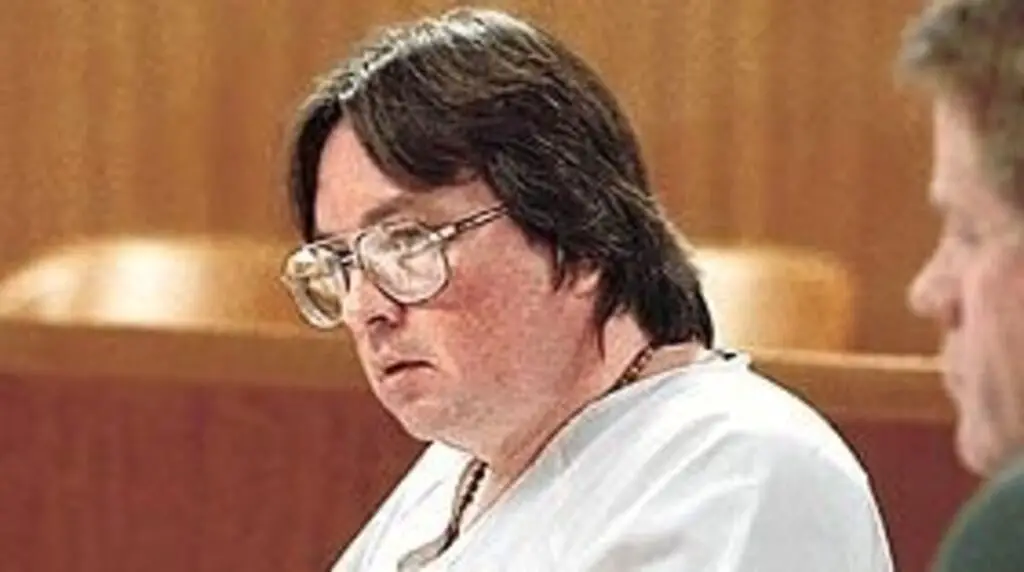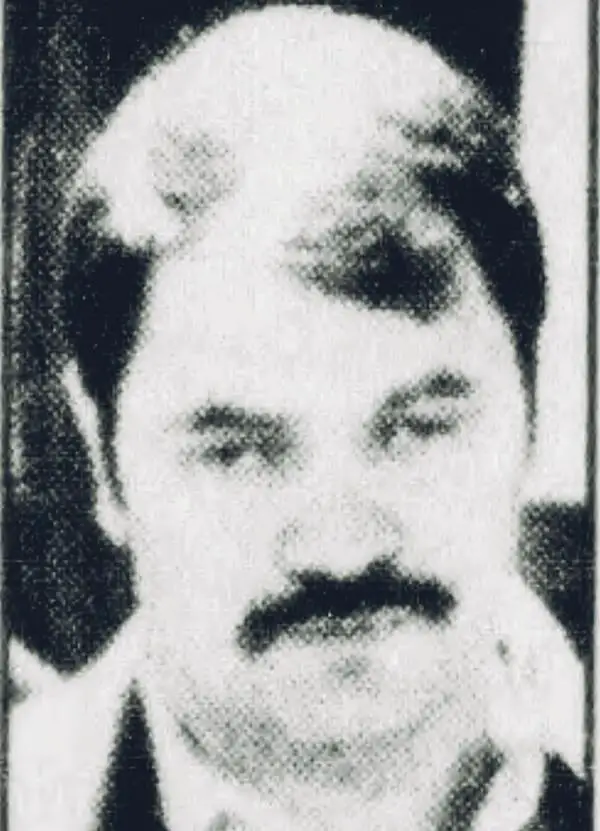Marshall Project contributing writer Tom Robbins died this week at the age of 76. Tom was a mentor and role model to a generation of New York City journalists, and his death leaves a gigantic void in our profession.
His passing has particular poignancy for me, the founder of The Marshall Project. I first met Tom almost 40 years ago when we both worked at the New York Daily News. He had been a writer at The Village Voice and was part of a team of high-profile journalists that the feisty tabloid lured to upgrade its investigative reporting in order to compete with New York Newsday, the new kid on the block at the time. I was a lowly business reporter and mostly followed his work as an admirer over the years.
Then, months before The Marshall Project had officially launched, an extraordinary story came to us, even before our staff had been hired. On a snowy day in February 2014, our editor, Bill Keller, and I met with Soffiyah Elijah, who at the time was running the Correctional Association of New York, a prison oversight organization. She shared anonymized letters from incarcerated men at Attica prison in upstate New York that revealed a pattern of abuse by corrections officers. Attica was a notorious facility that had been the scene of a prison uprising in 1971 that ended in the deaths of 43 people. The stain of violence there, more than 40 years later, gave the story added historical significance, and opened a door into what happens inside our prison system.
Bill assigned the story to Tom, who at the time was teaching journalism and freelance writing. Over the next year, Tom reviewed investigative reports and court filings. He interviewed people on both sides of the bars at Attica, as well as state officials and prison reform advocates. The result, “Attica’s Ghosts: A savage beating, a culture ‘beyond repair,’” was a harrowing account of guard abuse and a failed prison system that took up a full three pages in The New York Times, which co-published the story with The Marshall Project. It led to guilty pleas by three guards accused of beatings and to New York installing cameras in Attica and other prisons across the state.
Tom shined the light anew on Attica, which is still the subject of a campaign by advocates who believe the facility should be closed. His reporting helped establish The Marshall Project as a leading news organization, at a time when the nonprofit news ecosystem was still in its fledgling state. And his story was part of a series, co-reported with The New York Times’ Michael Schwirtz and Michael Winerip, that was a finalist for the Pulitzer Prize for Investigative Reporting. I still think Tom should have won!
I got to know Tom better through our mutual friend, the late, legendary journalist Wayne Barrett, another giant who mentored a generation of New York reporters. Tom was always a gentle presence, without pretense or a hint of bombast. He was deeply committed to the pursuit of justice, and believed that journalism was a powerful vehicle for change. I was lucky to know him, and The Marshall Project was fortunate to publish his work.
In addition to his articles on Attica, Tom Robbins’ reporting for The Marshall Project in our early years helped set the standard for our work investigating policies and conditions in prisons. Here is a selection of his other impactful Marshall Project pieces.
Robbins spent three years reporting on the case of Taylor, a man with severe mental illness who died after being beaten by correctional officers at Sullivan prison in New York’s western Catskills. The state eventually settled a federal lawsuit brought by Taylor’s sister for $5 million.
“Why It’s So Hard to Fire an Abusive Prison Guard”
In the wake of his reporting on the beatings inflicted by officers at Attica, Robbins examined other cases and wrongful deaths and how the state of New York failed to fire prison workers who mistreated and abused the people they were tasked with guarding.
When Donald Trump was running for president in 2016, Robbins was able to draw on his own reporting across four decades to exhume the tough-on-crime candidate’s long history of working with organized crime figures in New York and Atlantic City.
As the district attorney for Manhattan, Cyrus Vance Jr. was among the most powerful prosecutors in the country, and cultivated an image as a reformer. Robbins secured a sit-down interview with Vance and grilled him about the gulf between his office’s record and its reputation.



























